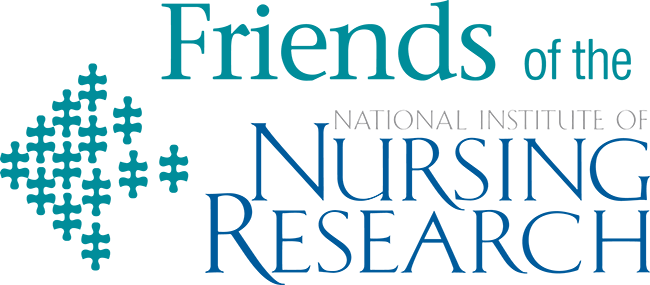 Jeannie Burnie
Jeannie Burnie
Bethesda North Hospital
As the emergency department (ED) clinical nurse specialist, I was asked to guide COVID19 pandemic preparation for a large hospital system in Southwest Ohio with six EDs (critical access, free-standing, urban and suburban) to identify processes involving screening, triage and testing patients. Executive ED leaders worked with the organizations attorney to revise the medical screening exam (MSE) policy. There was concern, with the expected surge, that physicians or advanced practice providers would not be available to provide the MSE. An interdisciplinary team developed standard operating procedures to guide ED nurses in providing the MSE for patients meeting specific, pre-established criteria. Nurses required straight forward tools to document screening, testing if indicated and consistent discharge instructions.
The team determined the need for an alternate care area (ACA) in the ED. Using guidance from the Center for Disease Control, patients presenting with fever, shortness of breath, new onset cough, malaise but stable vital signs would be evaluated in the ACA. A screening process using pulse oximetry to determine saturations above 92% and heart rate below 110 meeting COVID-19 symptoms would be evaluated by a nurse to determine if testing was indicated.
Epic is the electronic medical record utilized in the organization. ED information technicians developed a workable navigator in less than 36 hours. Team members refined the educational plan including; review of the change in MSE, nurse driven screening protocol, identification of COVID-19 testing criteria and discharge planning. Education to service line leadership occurred in early March 2020, with subsequent approval and roll out of WebEx educational offerings for nurses working in the ACA.
Each ACA is staffed by an ED nurse, ED technician and registration access employee. Registration was trained to complete full registration at time of first contact, as the MSE had been conducted. Additionally, registration was asked to identify the ED service line medical director as the attending physician for ACA patients to streamline test result procedures. If the ACA nurse believed the patient required evaluation by an ED provider a process was developed to ensure transfer to the unit.
ACA team members received a review on specimen collection and proper use and conservation of personal protective equipment (PPE) using an URL link and QR code for smart phone scanning. A flow sheet identifying each step of the screening and triage process was developed. A COVID-19 testing criteria tool was developed and has been revised several times. Cleaning criteria for the ACA was also developed to decrease team exposure.
The ACAs also assumed responsibility for testing team-members presenting to work with symptoms consistent with the disease. The informatics team developed a process to integrate employee; assessment, testing and discharge instructions to keep our team safe.
A data collection tool was developed to allows clear understanding of the work that the ACAs are completing across the system. In the first two weeks of operation over 200 patients were assessed using the infectious disease navigator. A total of 150 individuals were tested with 18 positive results.










